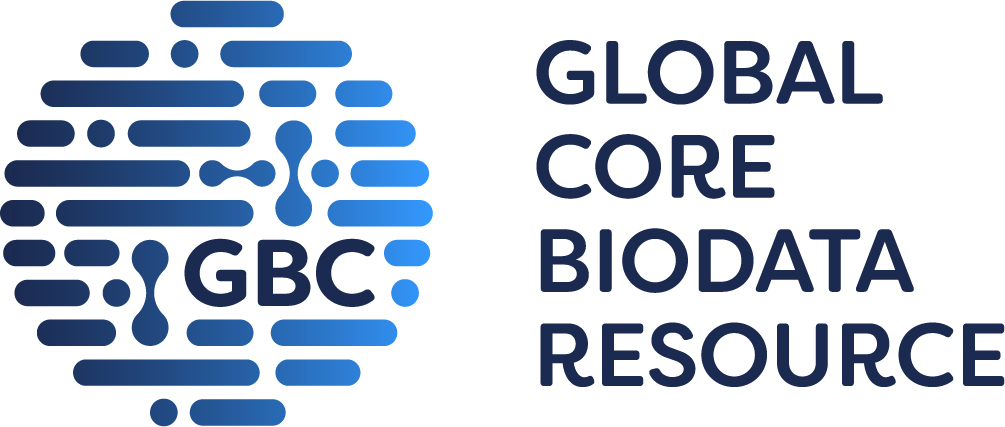
GtoPdb is requesting financial support from commercial users. Please see our sustainability page for more information.
WHIM syndrome

GtoPdb Disease Summaries
This section gives an overview of the disease, and where available shows the following:
- Synonyms: Shows known synonyms for the disease.
- Description: Gives a basic description/definition of the disease.
- Database Link: External links to the same disease at the Disease Ontology, OMIM or Orphanet sites.
- Immunopharmacology comments: General comments about the target's role in immunopharmacology, provided by GtoImmuPdb curators.
- Associated with: Counts are displayed for the total targets the disease is associated with in GtoPdb. The counts of targets and ligands of immunological relevance associated to the disease are also shown.
More information can be found in the help pages.
✖| Disease ID: | 953 | |
| Name: | WHIM syndrome | |
| Associated with: | 1 target | |
| 1 immuno-relevant target |  |
|
| 1 immuno-relevant ligand | ||
| Synonyms |
| Warts, Hypogammaglobulinemia, Infections, and Myelokathexis (WHIM) | Warts-Infections-Leukopenia-Myelokatexis (WILM) |
| Description |
| WHIM syndrome is an extremely rare congenital autosomal dominant immune deficiency characterized by abnormal retention of mature neutrophils in the bone marrow (myelokathexis) and occasional hypogammaglobulinemia, associated with an increased risk for bacterial infections and a susceptibility to human papillomavirus (HPV) induced lesions (cutaneous warts, genital dysplasia and invasive mucosal carcinoma) (from orphanet). |
| Database Links |
|
OMIM:
193670 Orphanet: ORPHA51636 |
Targets

GtoPdb Disease Summaries - Targets
Click on the target name to link to its detailed view page
Where available, information is display on the role of the target in the disease; drugs which target the disease and their therapeutic use and side-effects.
If there is mutation data curated in GtoPdb this is indicated, with a link back to the appropriate section on the target detailed view page
Immuno ligand interactions - If available, a table of immuno-relevant ligands is shown. These ligands have been curated as having an association to the disease and possess interaction data with the target in GtoPdb. The approval status of the ligand is shown, along with curator comments and an indication of whether the target is considered the primary target of the ligand.
More information can be found in the help pages.
✖| CXCR4 | |||||||||||
| Comments: | Mutations in the CXCR4 gene that result in truncation of the cytoplasmic tail domain of the receptor have been identified in almost all cases of WHIM syndrome. The mutations result in receptor gain of function (i.e. prolonged agonist-dependent signalling). Mutations in CXCR4 that augment its activity have been identified in patients with WHIM syndrome. Such mutations can impair CXCR4/β-arrestin interaction and β-arrestin-mediated signal attenuation. This effect leads to defective desensitization and internalization of CXCR4 in response to ligand (CXCL12; SDF1) activation; in effect, increased CXCR4 activity. | ||||||||||
| References: | 3,5 | ||||||||||
| Ligand interactions: |
|
||||||||||
Ligands

GtoPdb Disease Summaries - Ligands
Click ligand name to view ligand summary page
- Approved: If the ligand is an approved drug this is indicated, along with approval bodies.
- Immuno: Immuno icon indicates the ligand is immuno-relevant
Click the arrow in the final column to expand comments
- Immuno Disease Comments: Curatorial comments specifically added as part of GtoImmuPdb. They give more information on the association between the ligand and disease in the context of immunopharmacology.
- Clinical Use: General clinical comments relating to the ligand and may not necessarily be specific to the disease in question. With hyperlink to more details on the ligand summary pages.
- Bioactivty Comments: Curatorial comments specifically about the compounds biological activity - with hyperlink to more details on the ligand summary pages.
More information can be found in the help pages.
✖| Key to terms and symbols | Click ligand name to view ligand summary | Click column headers to sort | |||||||||||||||
|
|||||||||||||||||
References
1. Balabanian K, Lagane B, Pablos JL, Laurent L, Planchenault T, Verola O, Lebbe C, Kerob D, Dupuy A, Hermine O et al.. (2005) WHIM syndromes with different genetic anomalies are accounted for by impaired CXCR4 desensitization to CXCL12. Blood, 105 (6): 2449-57. [PMID:15536153]
2. Dale DC, Bolyard AA, Makaryan V. (2023) The promise of novel treatments for severe chronic neutropenia. Expert Rev Hematol, 16 (12): 1025-1033. [PMID:37978893]
3. Hernandez PA, Gorlin RJ, Lukens JN, Taniuchi S, Bohinjec J, Francois F, Klotman ME, Diaz GA. (2003) Mutations in the chemokine receptor gene CXCR4 are associated with WHIM syndrome, a combined immunodeficiency disease. Nat Genet, 34 (1): 70-4. [PMID:12692554]
4. Hoy SM. (2024) Mavorixafor: First Approval. Drugs, 84 (8): 969-975. [PMID:39004659]
5. Hunter ZR, Xu L, Yang G, Zhou Y, Liu X, Cao Y, Manning RJ, Tripsas C, Patterson CJ, Sheehy P et al.. (2014) The genomic landscape of Waldenstrom macroglobulinemia is characterized by highly recurring MYD88 and WHIM-like CXCR4 mutations, and small somatic deletions associated with B-cell lymphomagenesis. Blood, 123 (11): 1637-46. [PMID:24366360]
6. Lagane B, Chow KY, Balabanian K, Levoye A, Harriague J, Planchenault T, Baleux F, Gunera-Saad N, Arenzana-Seisdedos F, Bachelerie F. (2008) CXCR4 dimerization and beta-arrestin-mediated signaling account for the enhanced chemotaxis to CXCL12 in WHIM syndrome. Blood, 112 (1): 34-44. [PMID:18436740]
7. Skerlj RT, Bridger GJ, Kaller A, McEachern EJ, Crawford JB, Zhou Y, Atsma B, Langille J, Nan S, Veale D et al.. (2010) Discovery of novel small molecule orally bioavailable C-X-C chemokine receptor 4 antagonists that are potent inhibitors of T-tropic (X4) HIV-1 replication. J Med Chem, 53 (8): 3376-88. [PMID:20297846]








